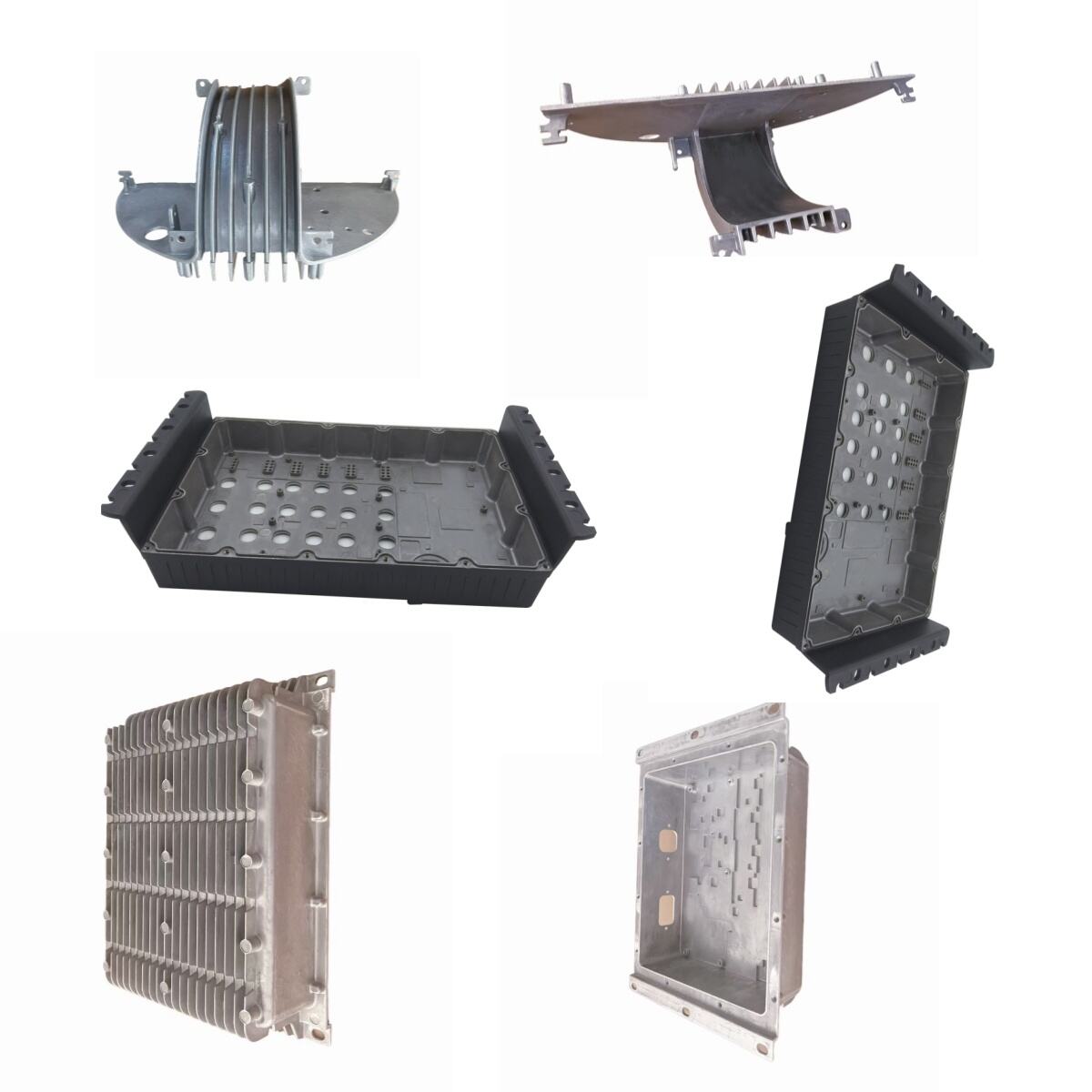The Essentials of Injection Molding
Introduction to Injection Molding
Injection molding is an important manufacturing process that is widely used in the making of plastics for several parts. In this process, molten plastic is injected into a mold cavity to cool and solidify shaping itself into the required shape. From automotive components to consumer goods, injection molding plays a significant role in shaping the world we live in.
The Working Principle of Injection Molding
The core principle behind injection molding lies in its ability to control the flow of molten plastic very precisely. This begins by heating up the plastic material until it becomes viscous and capable of flowing. It is then forced through high pressure into a precision-engineered mold cavity. The pressure is maintained as long as it takes for it to fill up the cavity completely while compensating for any shrinkage. After cooling down and becoming rigid, the mold opens up allowing ejection of the part.
Advantages of Injection Molding
Manufacturers have several reasons why they prefer injection molding against other alternatives. It is highly efficient since many parts can be produced within such a short period of time. Consistent dimensions are ensured as well as high quality molds used in production because they are precise enough to produce them with those measures respectively. Also, injection moulding allows complex geometries and features on parts unlike other processes which limit ones design options under such situations .Additionally, variety of plastics can be processed using injection moulding thus expanding more applications.
Challenges and Considerations in Injection Molding
However, there are also some challenges that come with investment casting process despite its diverse merits . For example ,the choice of material used for making a final part together with how it was designed will greatly affect both cost involved as well as quality attained from the process .Molds require great accuracy when being engineered resulting into their costly nature too thus rather demanding so huge investments before one engage fully into such businesses like this one .Moreover, consistent quality outcome only results if this process is properly monitored and controlled throughout
Conclusion
Finally, injection molding is a widely used highly effective manufacturing technique for making plastic parts. Its precision, speed, flexibility has therefore become indispensable to various industries. Despite the fact that it requires careful thought and investment, advantages of injection moulding make it quite an asset for any producer.











